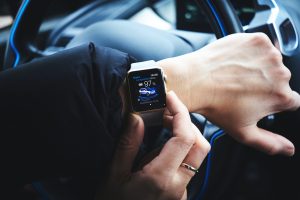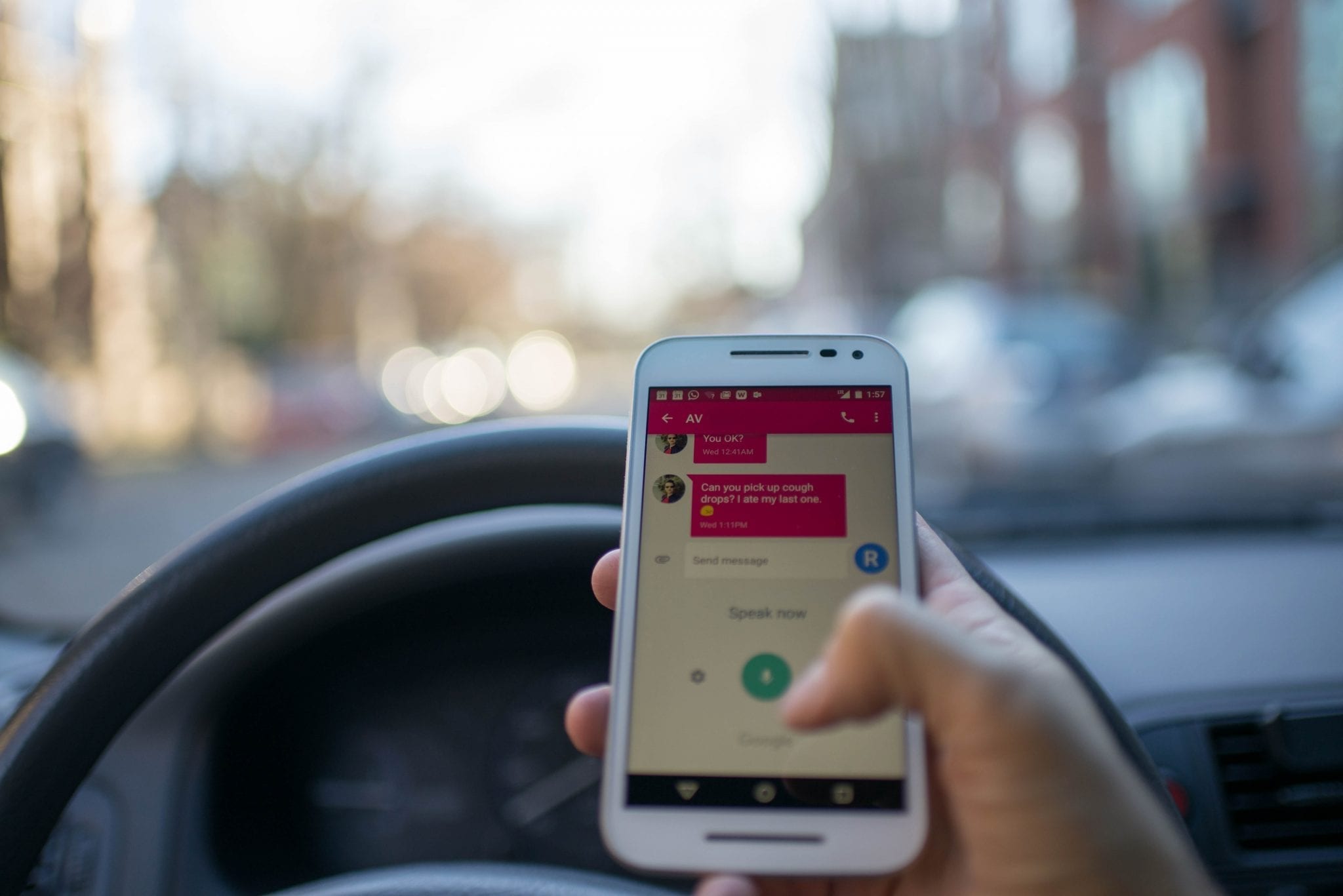Before jumping into a vehicle, it is important to take a second to remove any potential distractions so focusing on the road can be the only task at hand.
What is one of the most widespread, dangerous things you can do in the country? Base jumping? Swimming in the ocean? Jumping on a trampoline?
Here’s a hint — statistically one of the most dangerous things a person can do in the U.S. is perfectly legal. It’s also something that the vast majority of people do every single day without thinking twice about it: driving.
The National Highway Traffic Safety Administration estimated that in 2021 nearly 43,000 people died from motor vehicle accidents in the United States.
Although there are many reasons that a person might get into a car accident, one of the most significant factors is distracted driving. Many states across the country are taking these statistics seriously and distracted driving penalties are becoming more painful for those who aren’t fully focused on the road. For police officers, lawyers, and others on the legal side of distracted driving, the rules and penalties can be quite complex and vary substantially by state.
What is Distracted Driving?
At its core, distracted driving is any time a driver does something that pulls their full attention from the roadway. Although they may vary, distractions are broken down into three main categories:
- Cognitive distractions are those that pull a driver’s focus from driving. This includes things like talking on the phone or talking to other people in the vehicle.
- Manual distractions include things that physically pull a driver’s hands off the wheel such as reaching for something that fell, adjusting the radio, or eating while driving.
- Visual distractions are encompassed by things that pull a driver’s eyes off the road like checking text messages, GPS, or looking into the back seat to check on a child or pet.
Experts believe that nearly 20% of vehicular accidents that lead to either injury or death are caused by some form of distracted driving. This statistic doesn’t necessarily just include people behind the wheel, but also accounts for passengers and other vehicles involved in accidents.
Not surprisingly, young drivers between the ages of 15 and 19 are the most likely to be in a car accident and the most likely to be involved in an accident where the cause was distracted driving. Statistically, men are also more likely than women to be involved in a distracted driving accident.
Breaking Down Laws in Different States
Legally, the fines and penalties associated with distracted driving vary substantially by state. In many instances, distracted driving isn’t against the law per se. For example, no law explicitly bans eating while driving, but certain states can write reckless drivers up for inattentive driving.

However, when it comes to the most significant distraction — cell phones — the majority of states do have several restrictions. Texting while driving is banned in 48 states while handheld cell phone use while driving is banned in 24. The majority of these states have bans that carry penalties with fines of less than $100 for first offenses and increasing fines for additional ones. States like Oregon and Utah, however, have much more significant penalties. In Utah, texting and driving carries a $750 fine and could include jail time in certain scenarios.
Some research in Texas found that after texting and driving bans were implemented in the state in 2017, immediate differences were seen. Drivers in their teens and early 20s — those at the highest risk of accidents due to distracted driving — experienced a 5-11% decrease in fatalities on roadways. Across all age categories, hospitalizations from motor vehicle crashes were reduced by nearly 7%.
Can New Technologies Make a Difference?
Anyone who pays attention to any major vehicle manufacturing will quickly notice that today, many companies are placing a significant emphasis on vehicle safety. New vehicle safety features such as improved airbags, lane assist, backup cameras, and blind spot detection all claim to help keep drivers safer on the road. Though these tools can be profoundly beneficial in preventing some accidents, they cannot necessarily prevent distracted driving.
Other technologies may play a more direct role in helping prevent distracted driving. For instance, many newer vehicles have Bluetooth that allows for hands-free phone calls. Outside of the vehicle, many states are utilizing new technologies to better understand distracted drivers. For example, smart cameras help state officials evaluate the percentage of drivers on the road that are distracted at a given point.
Distracted driving is one of the leading causes of accidents across the country and many states are working to implement laws and penalties aimed at reducing driving distractions.
Small, positive changes to everyone’s driving habits can add up to make a real difference on the roadways.


Join the conversation!